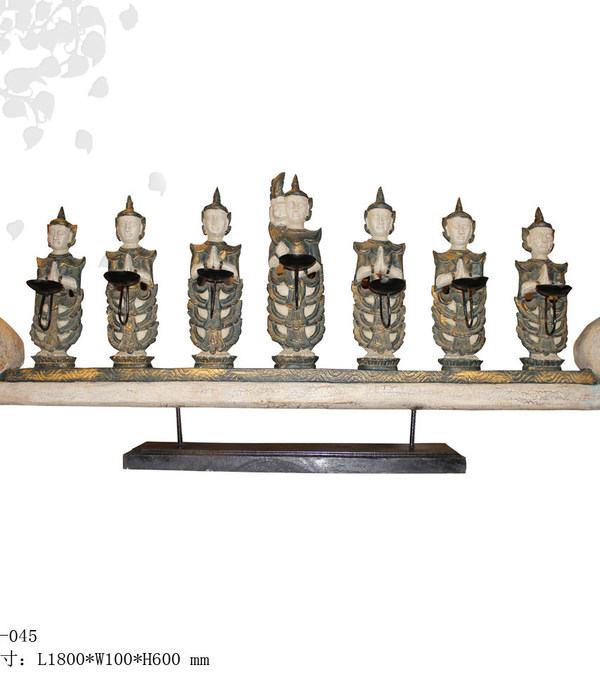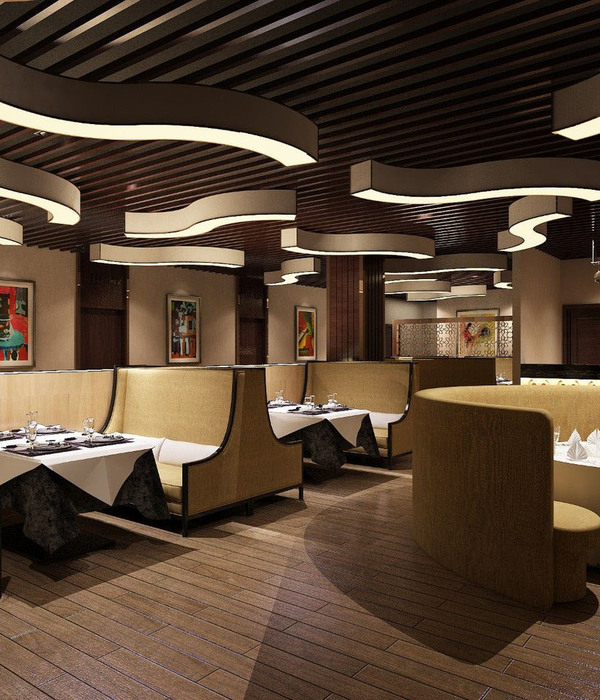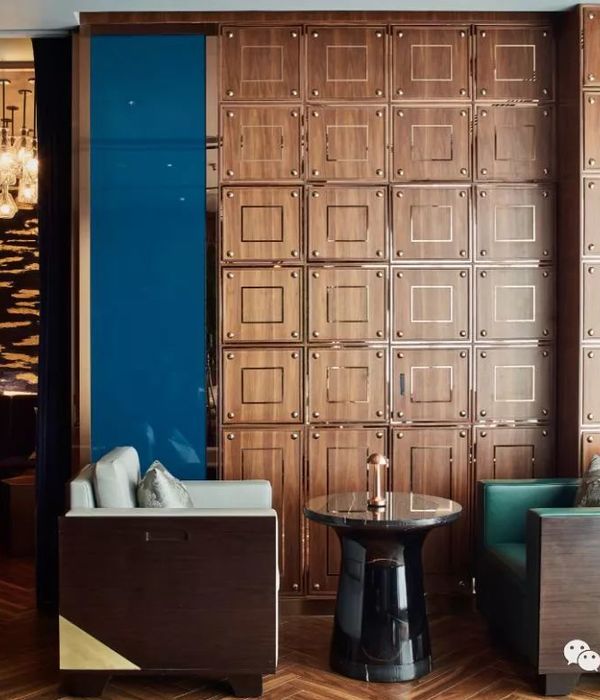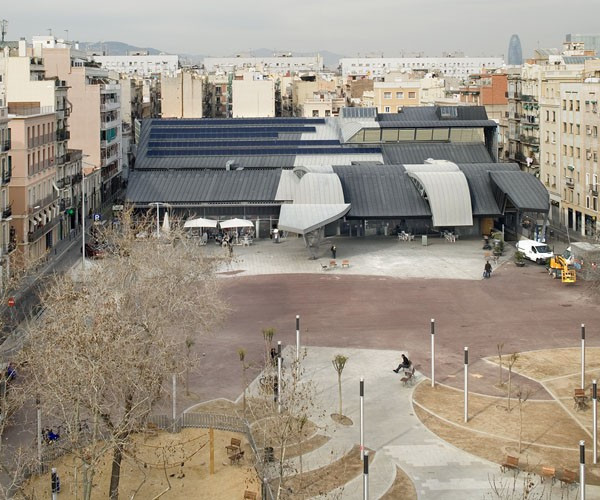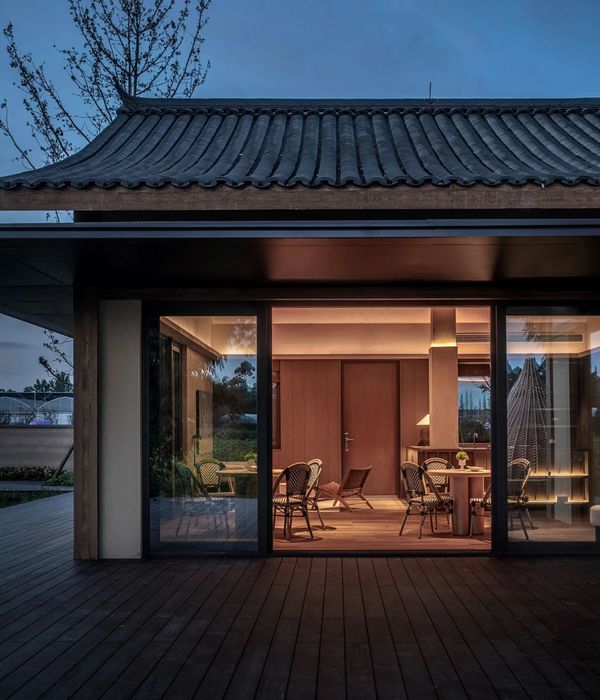柏林 Soho House | 历史建筑的创意新生

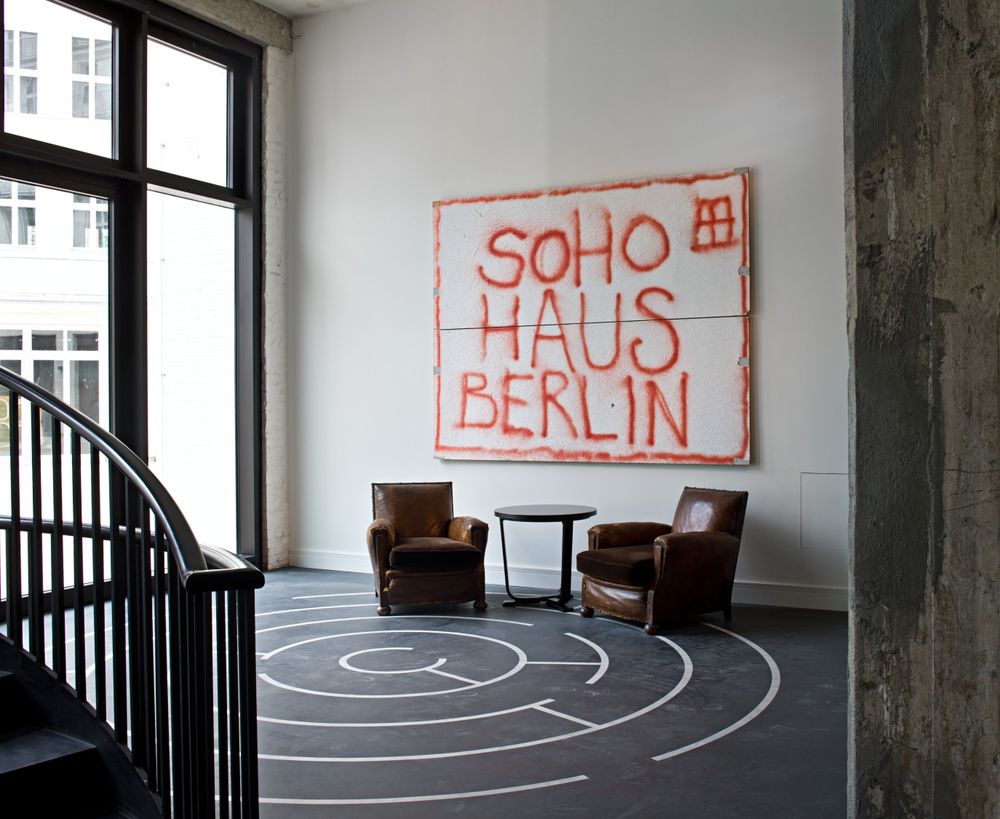


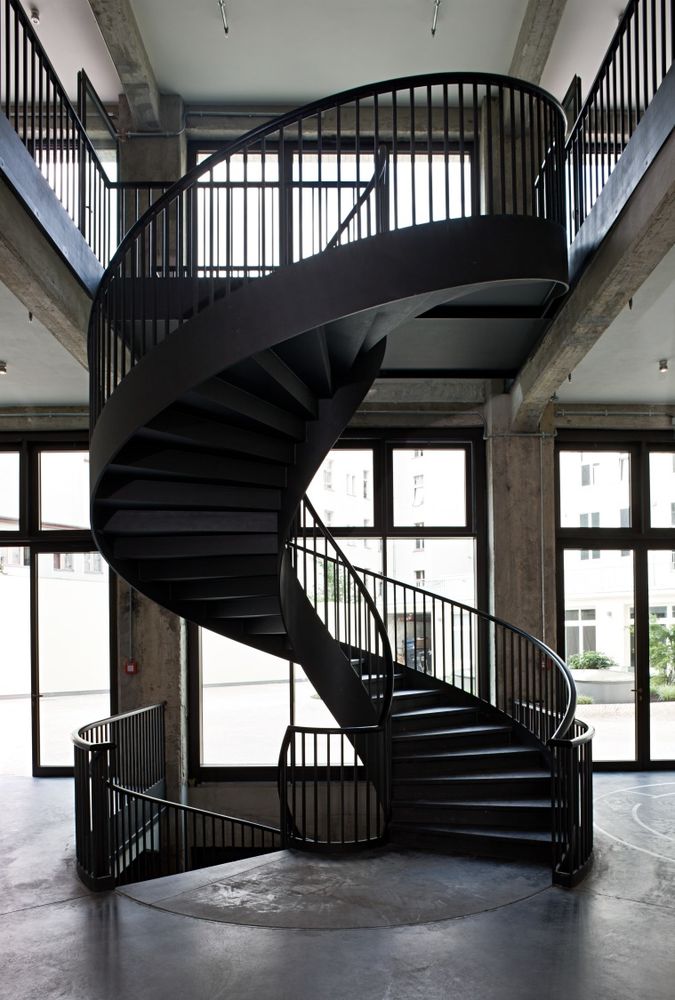

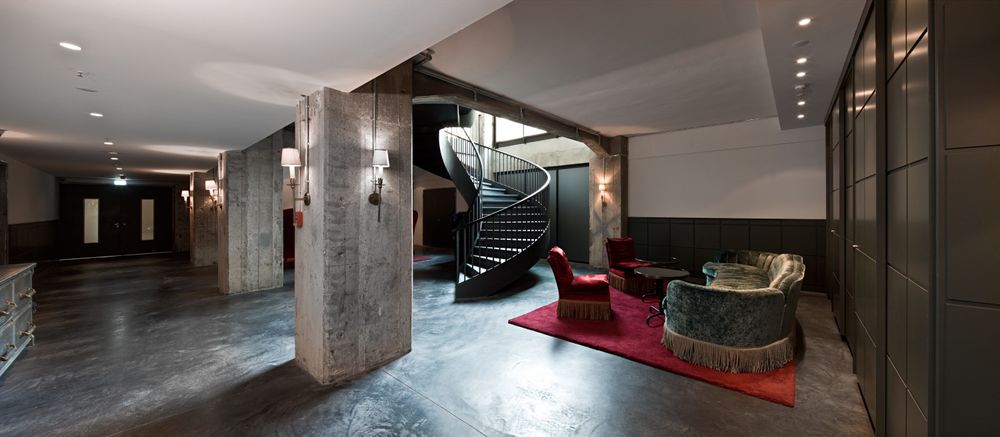
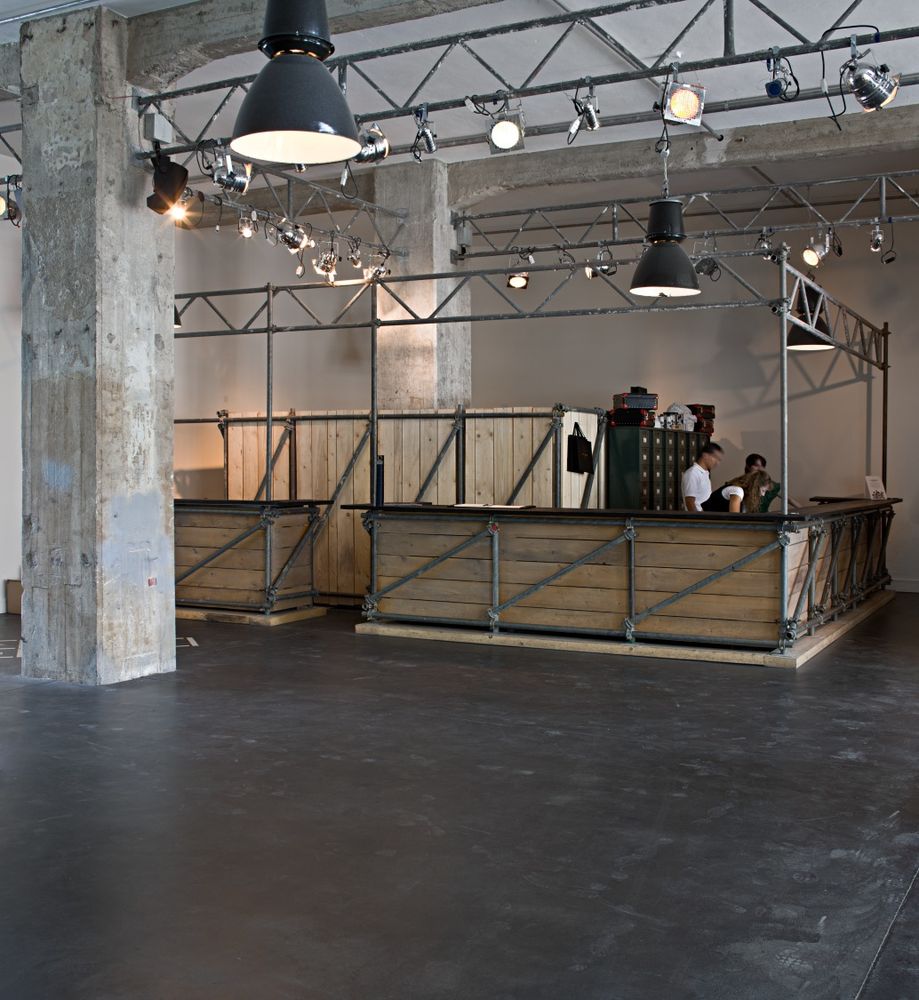


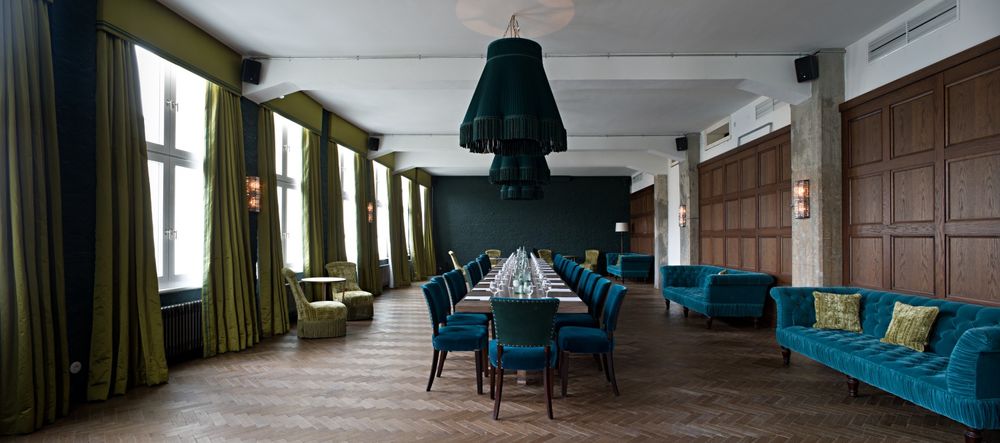

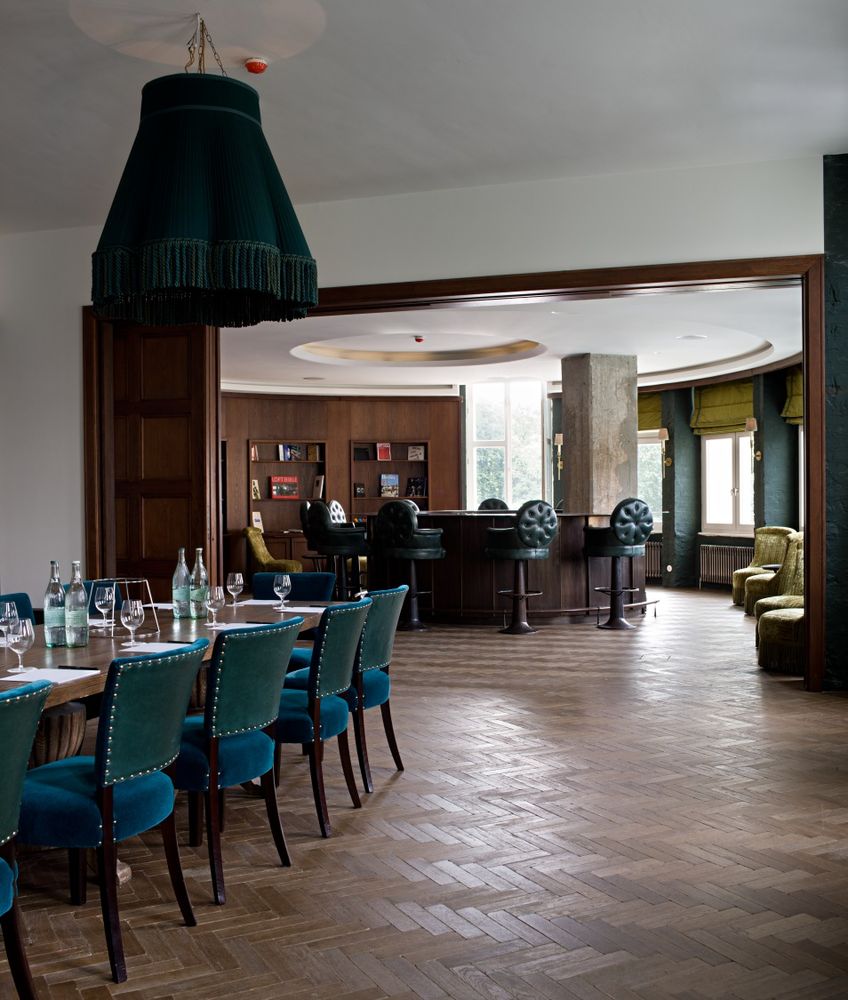
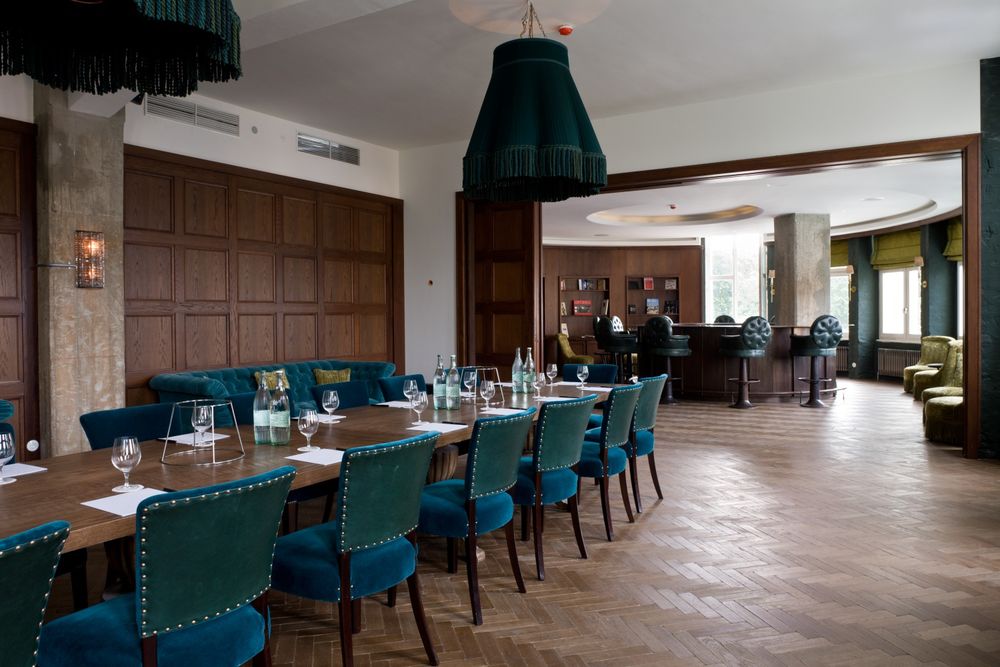
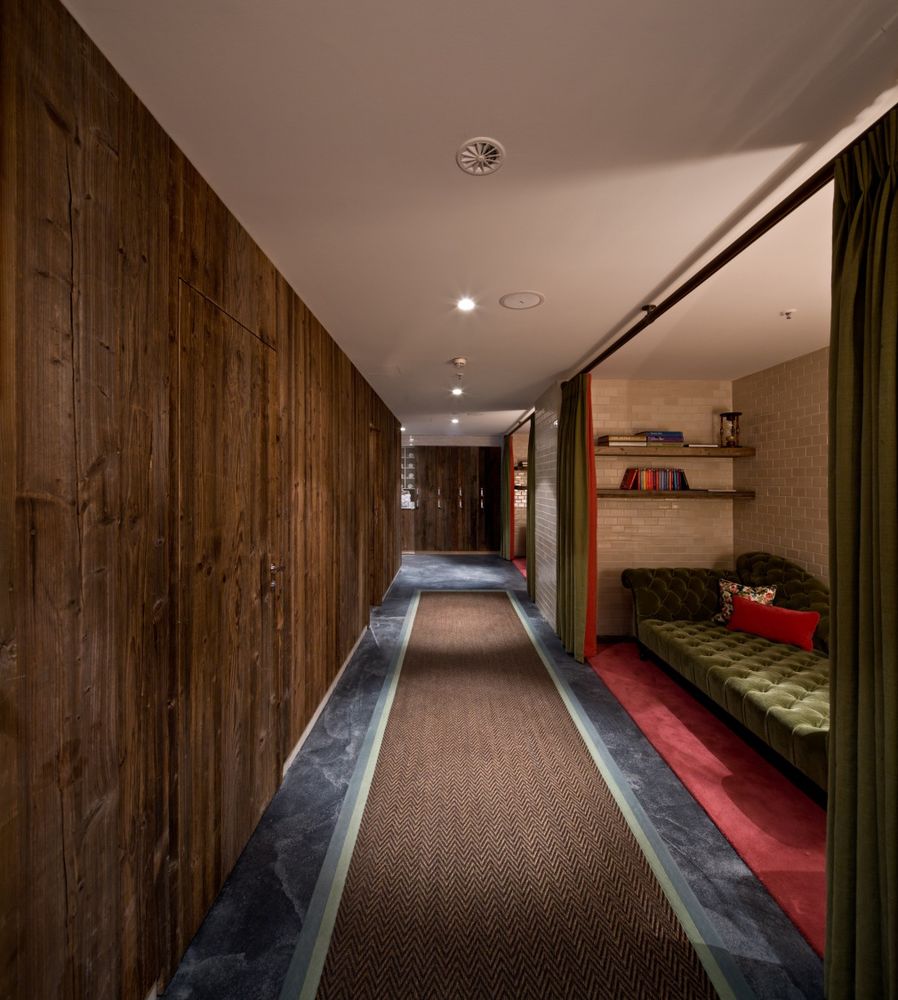


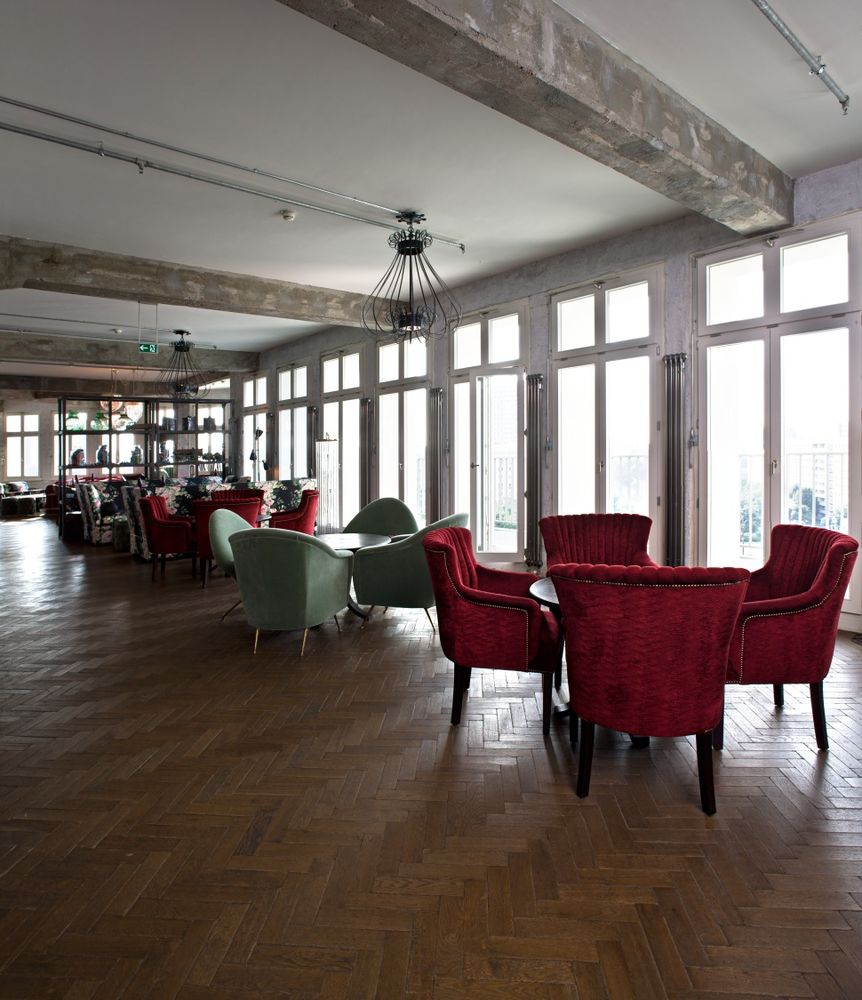
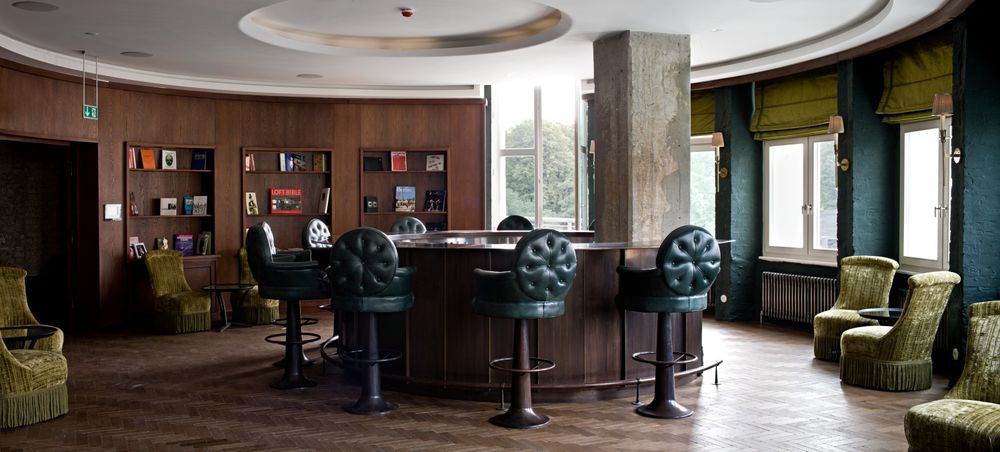





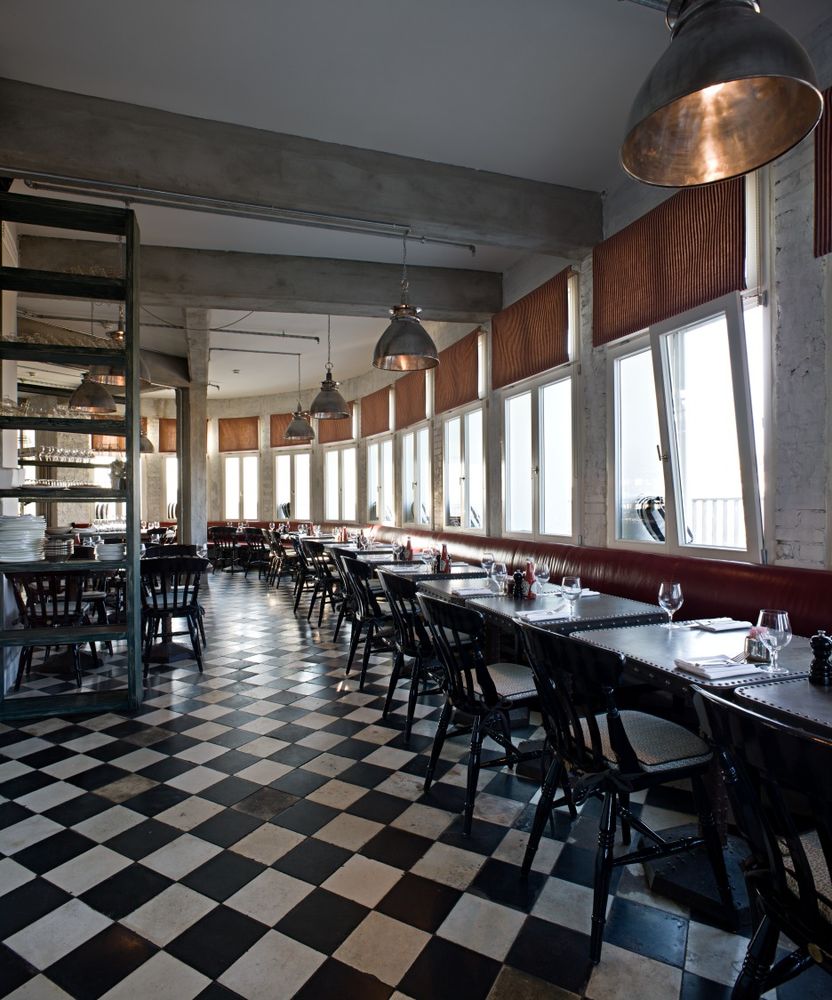
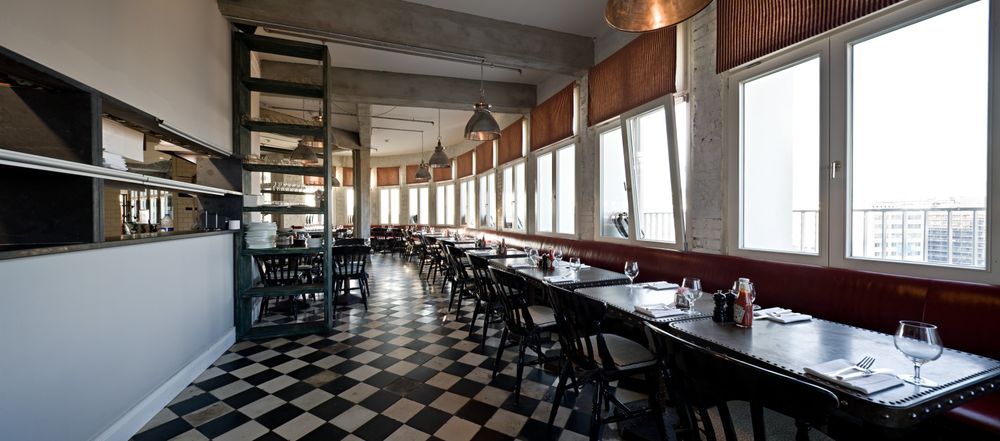
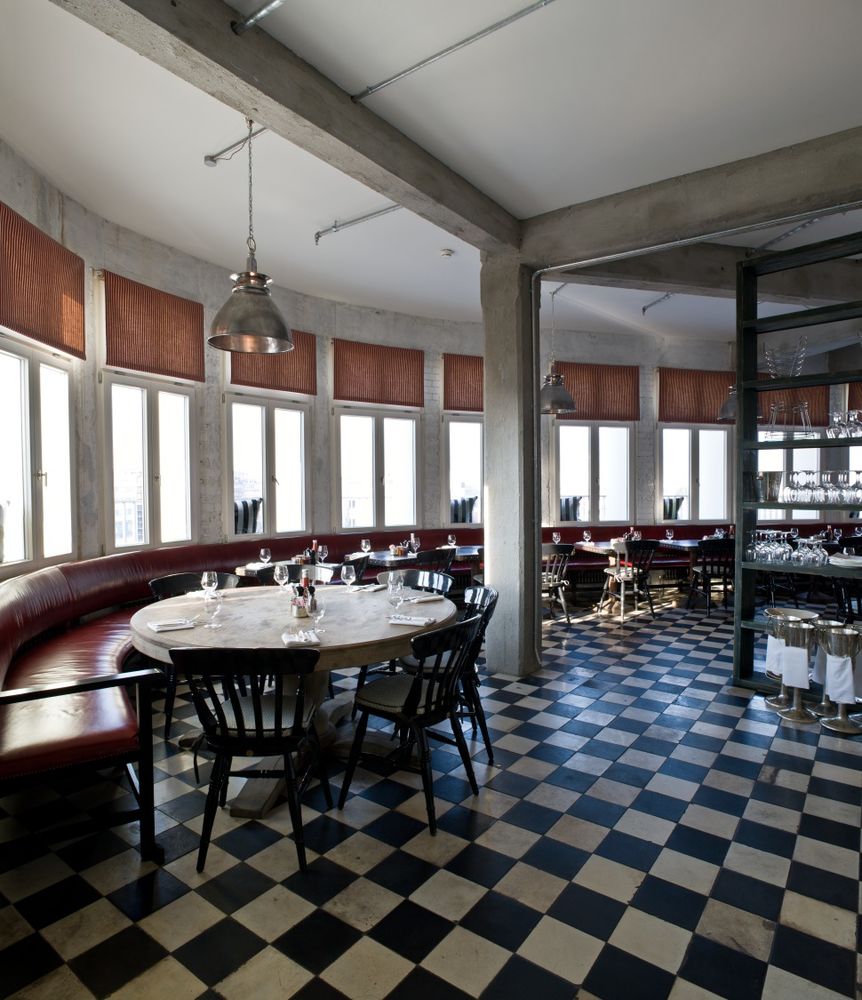

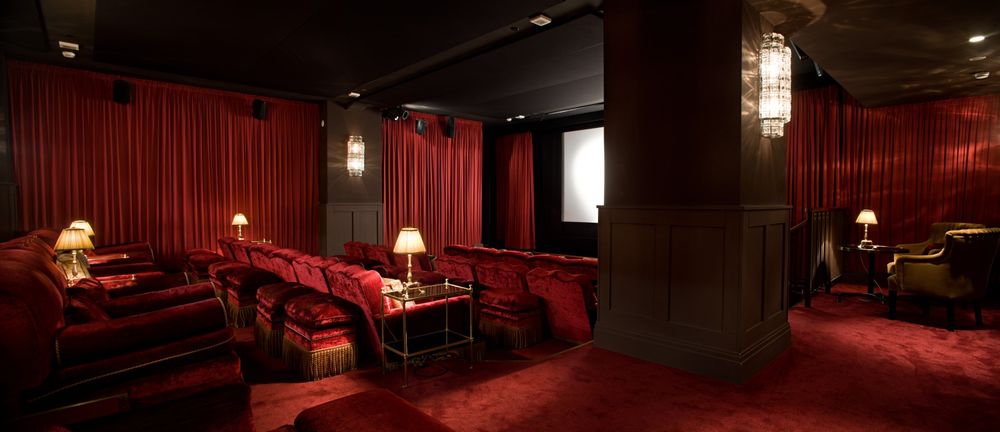
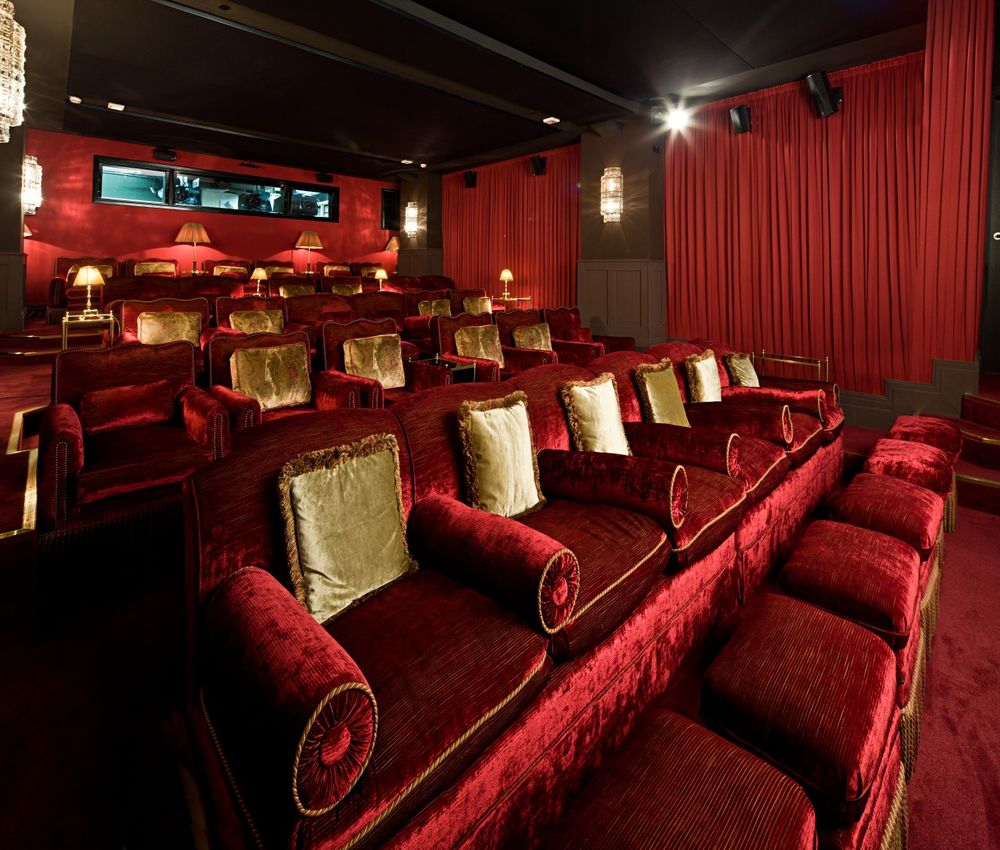
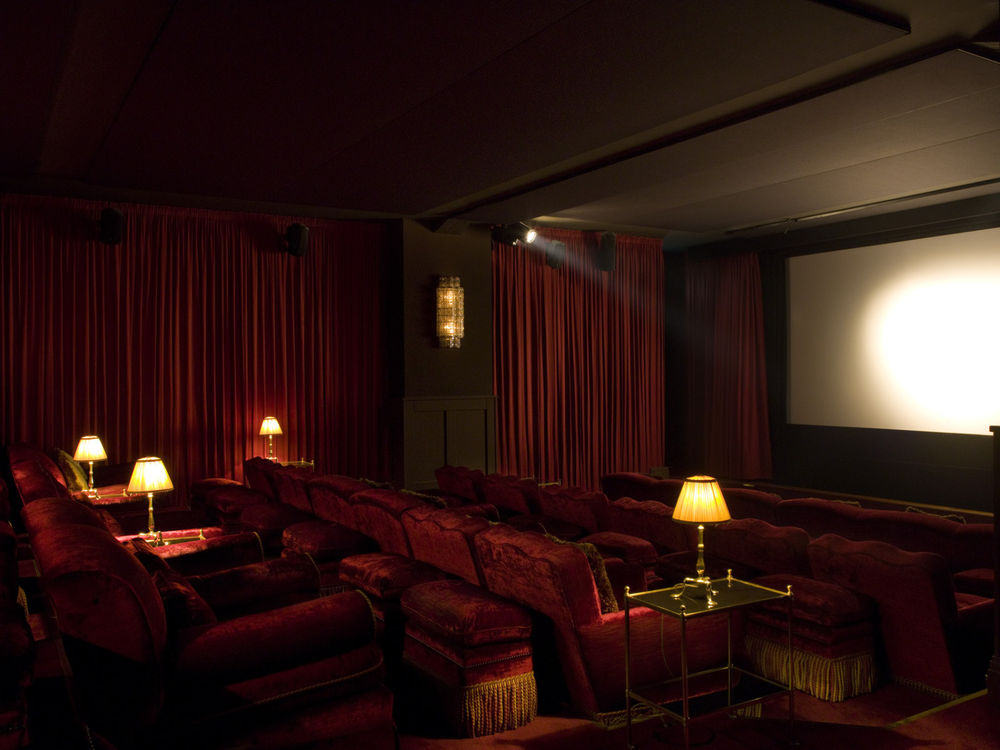
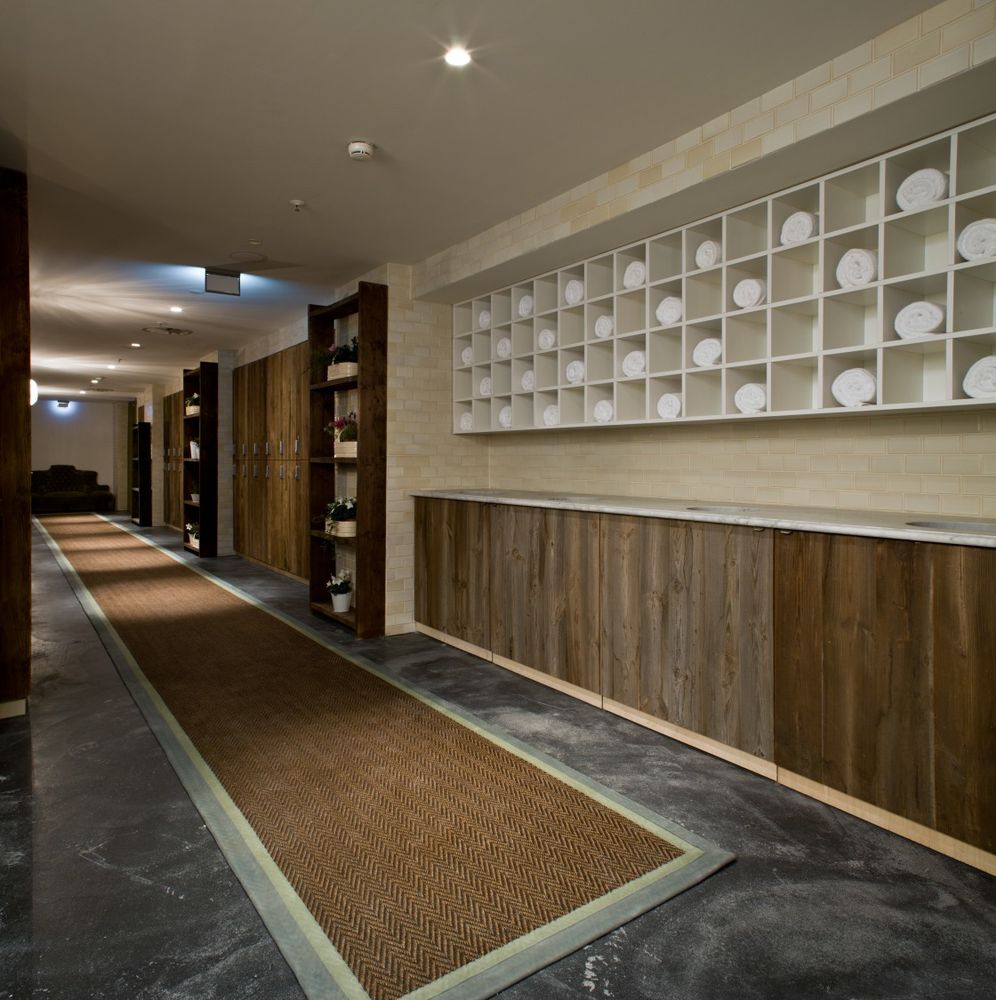


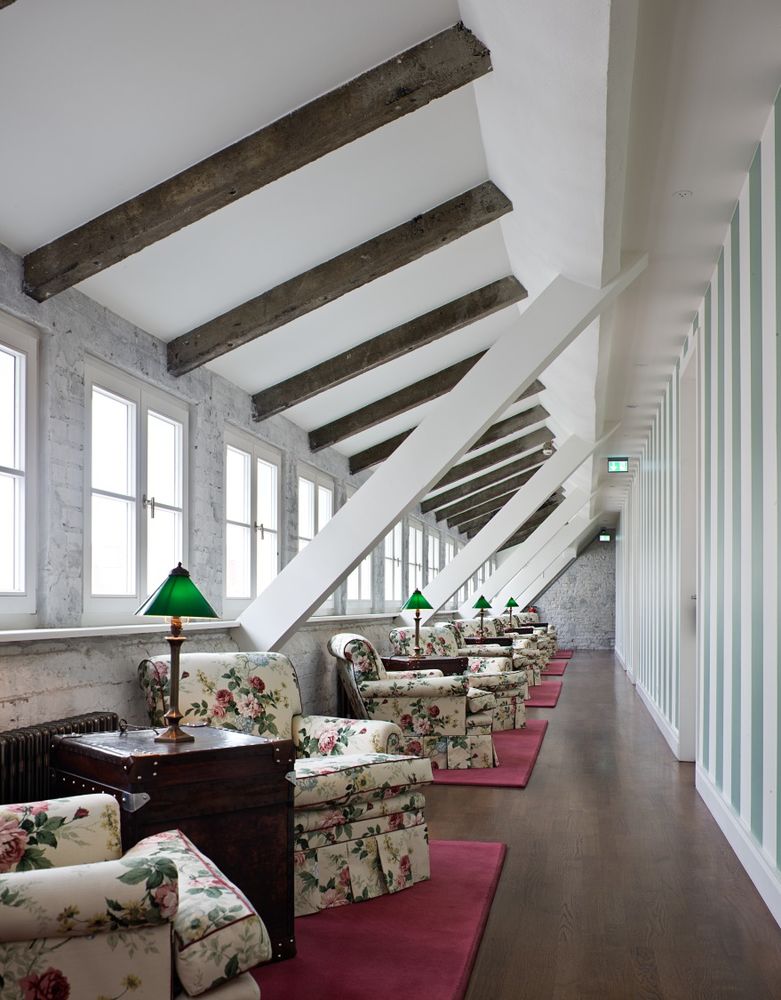
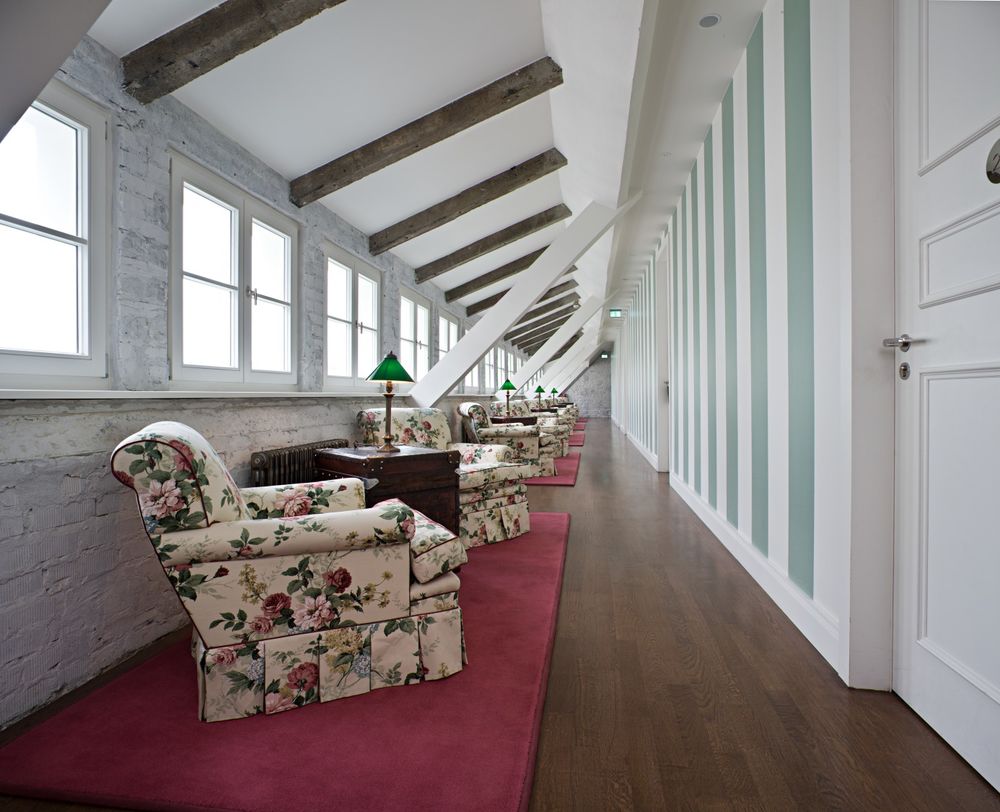


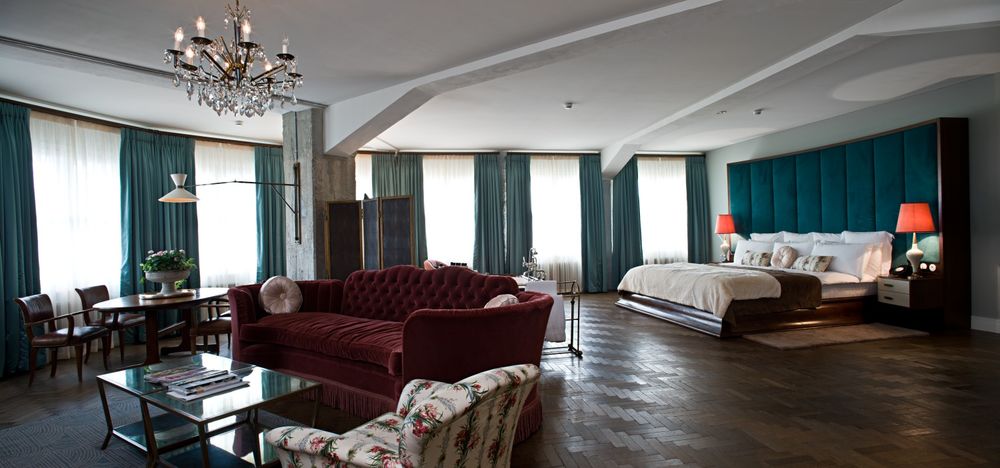

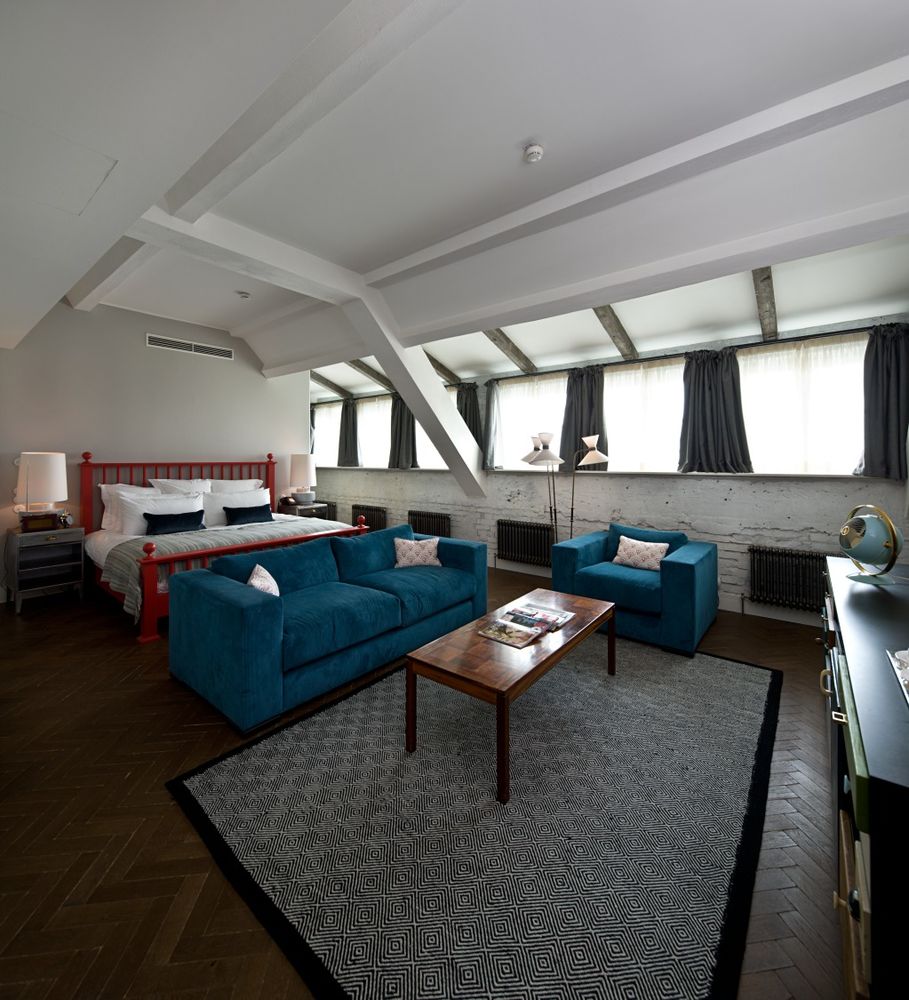
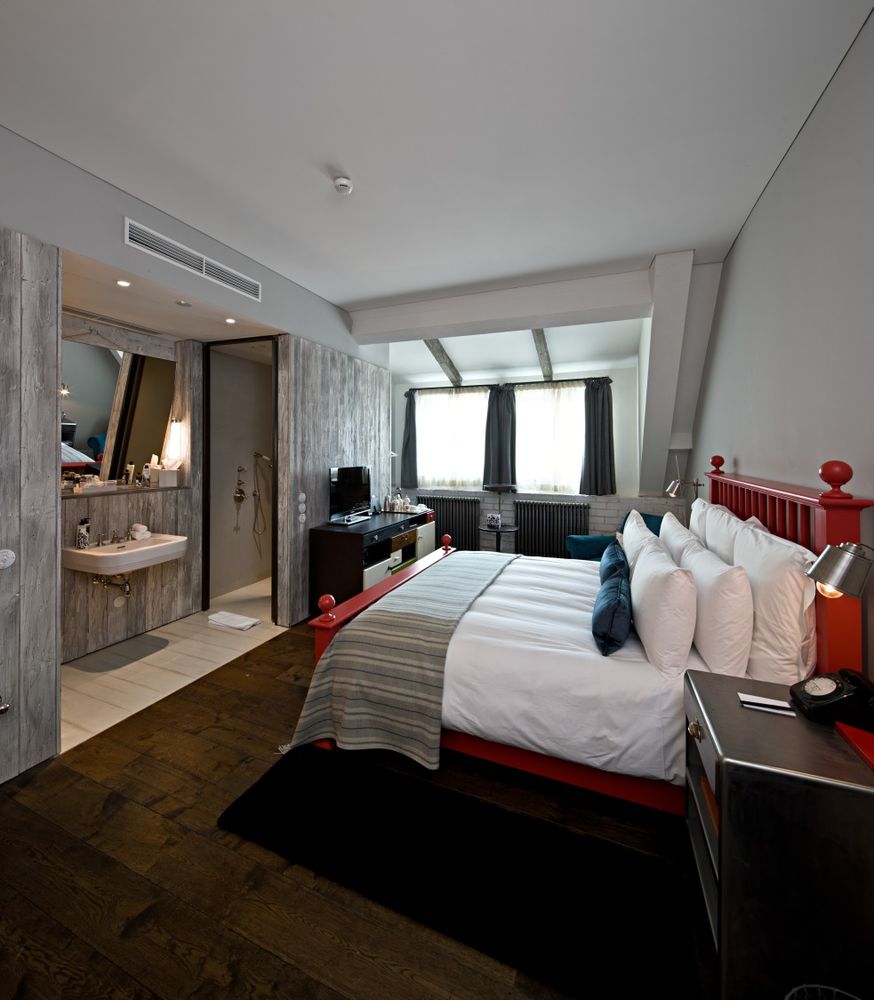
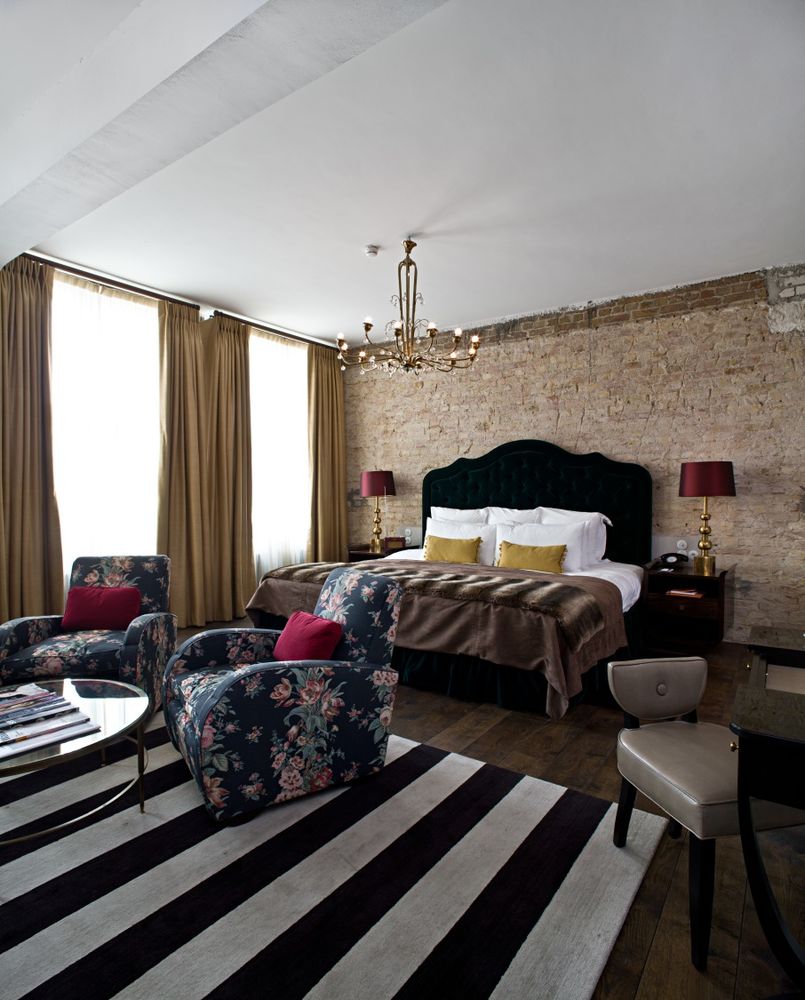




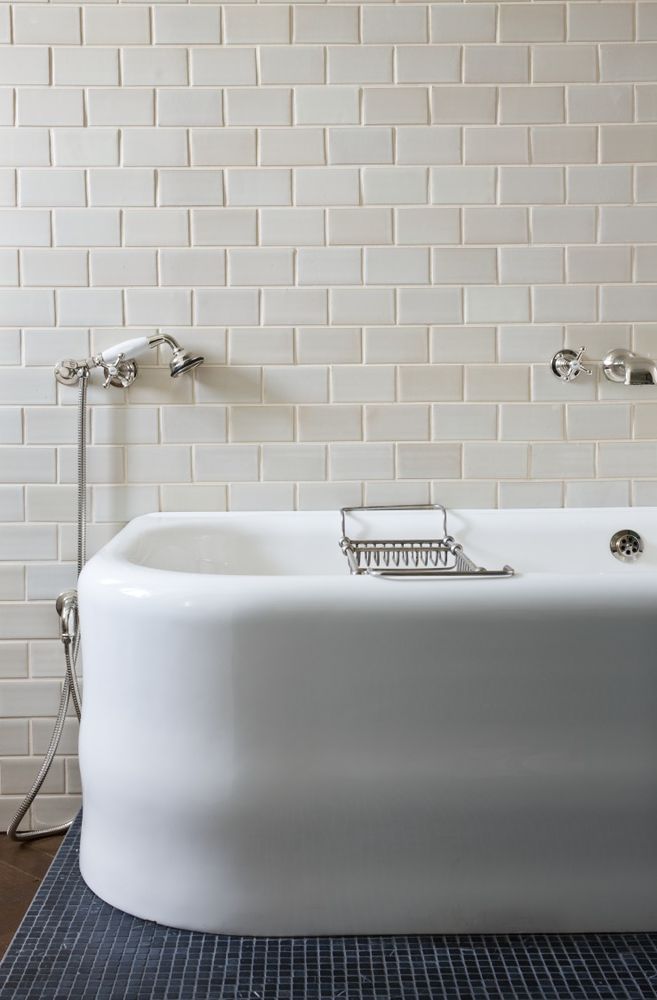
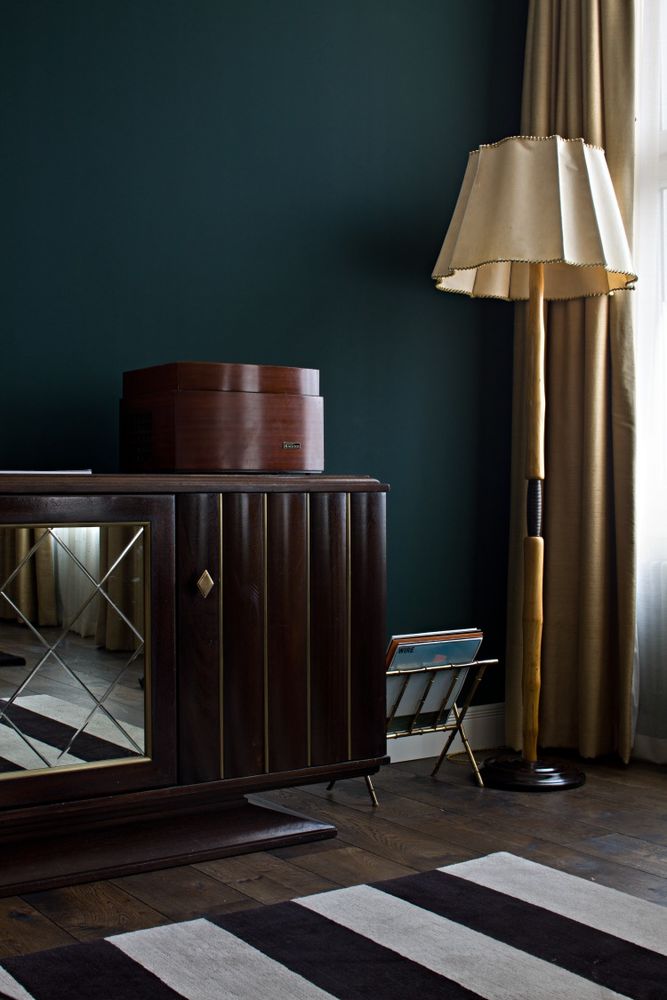


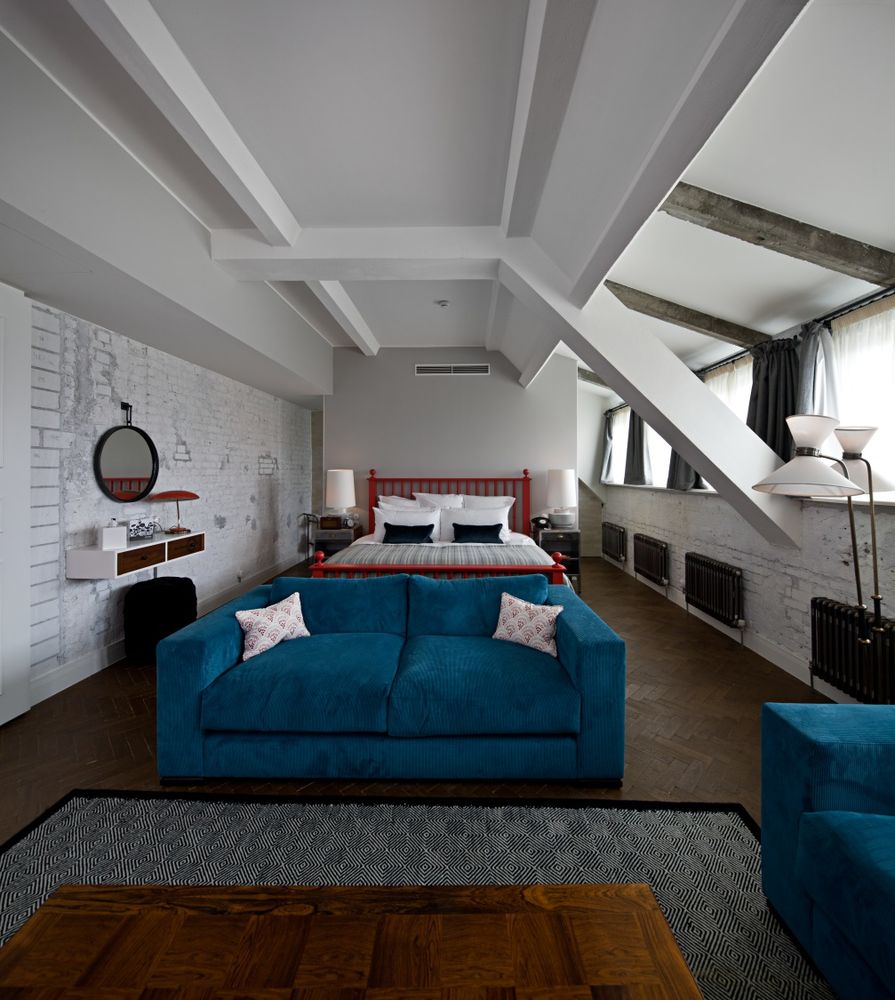

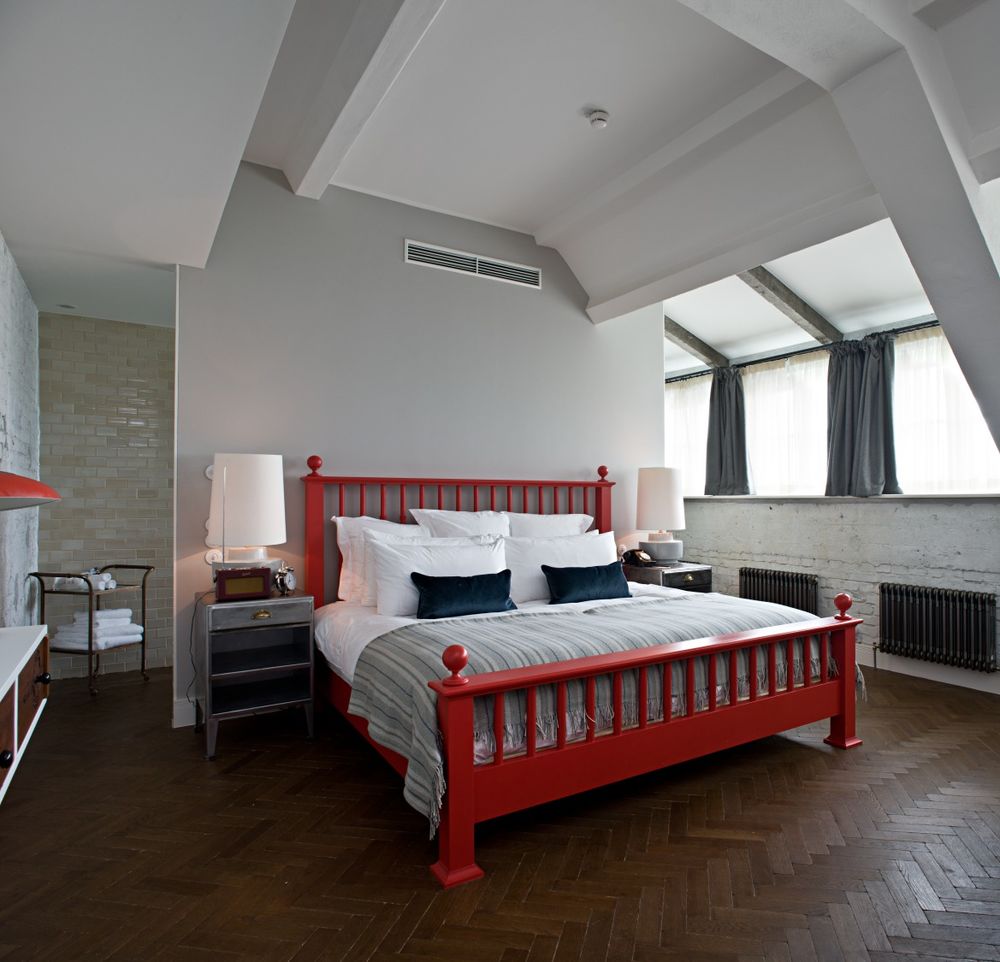
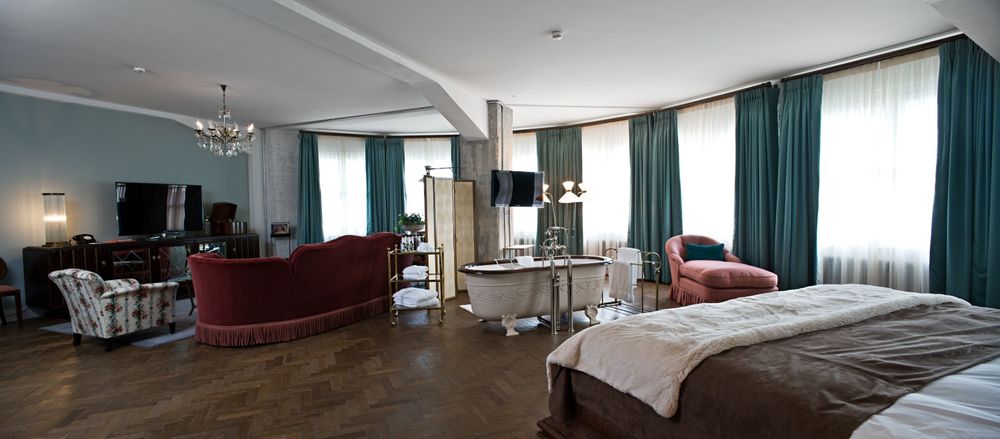
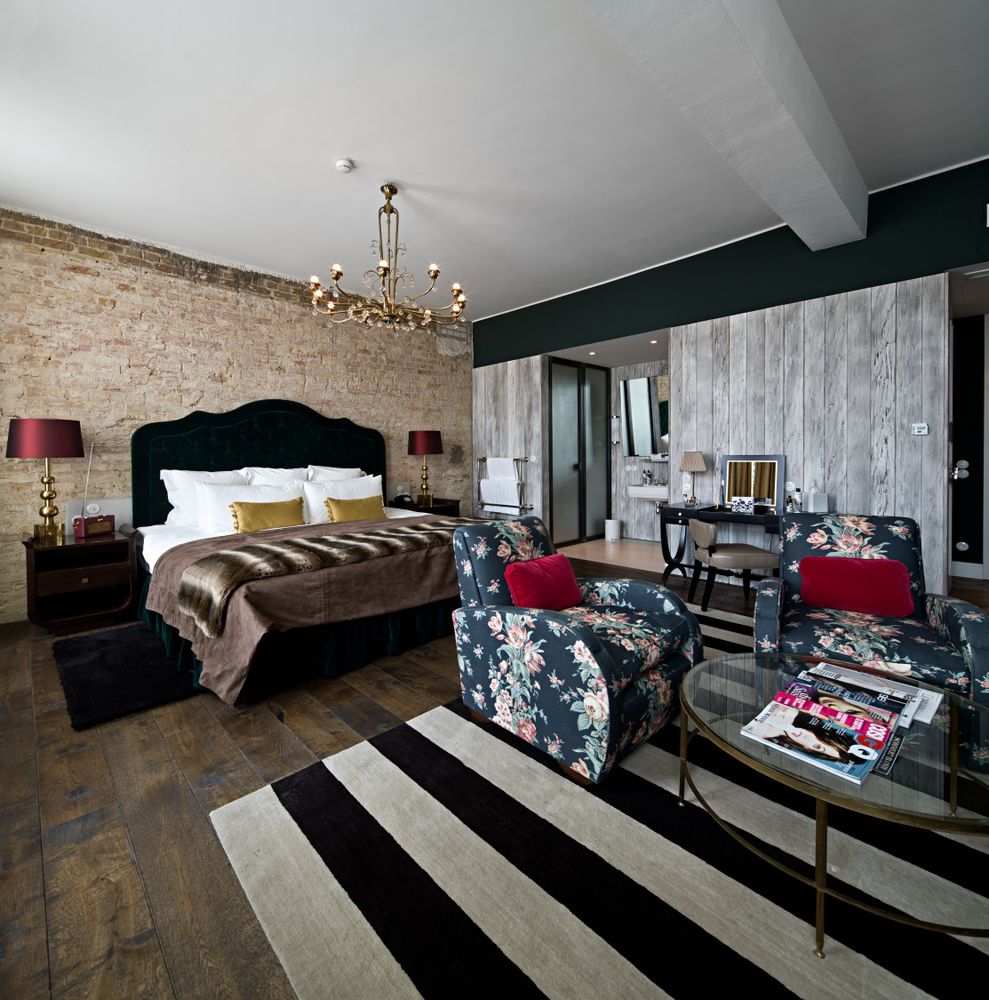
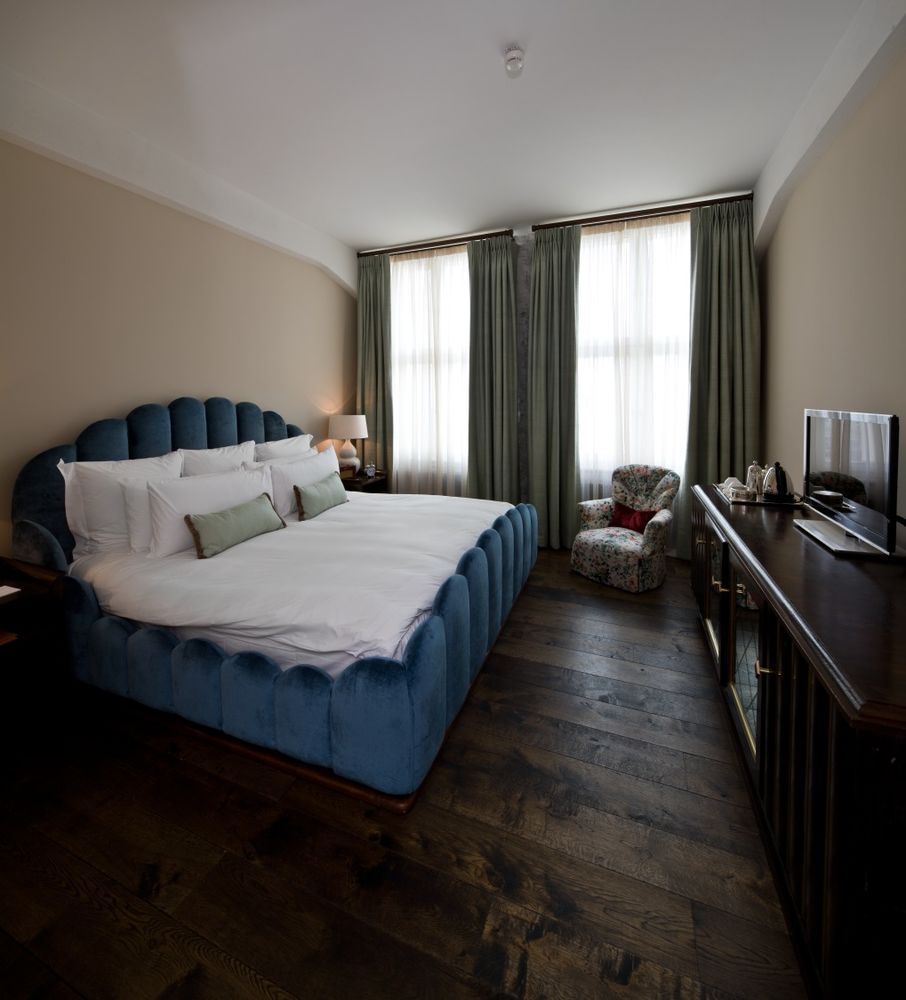
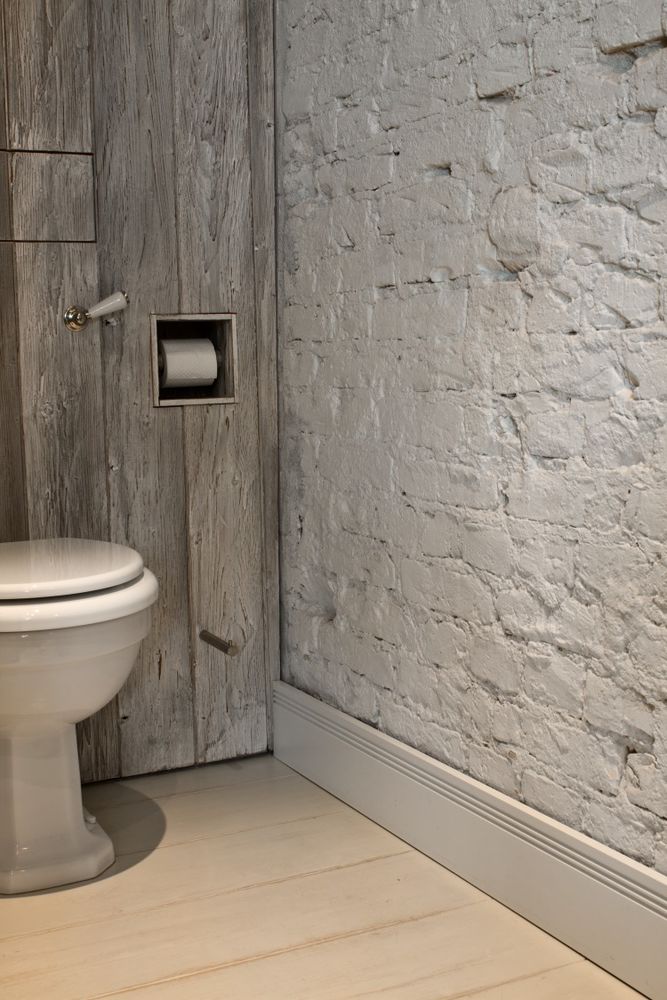




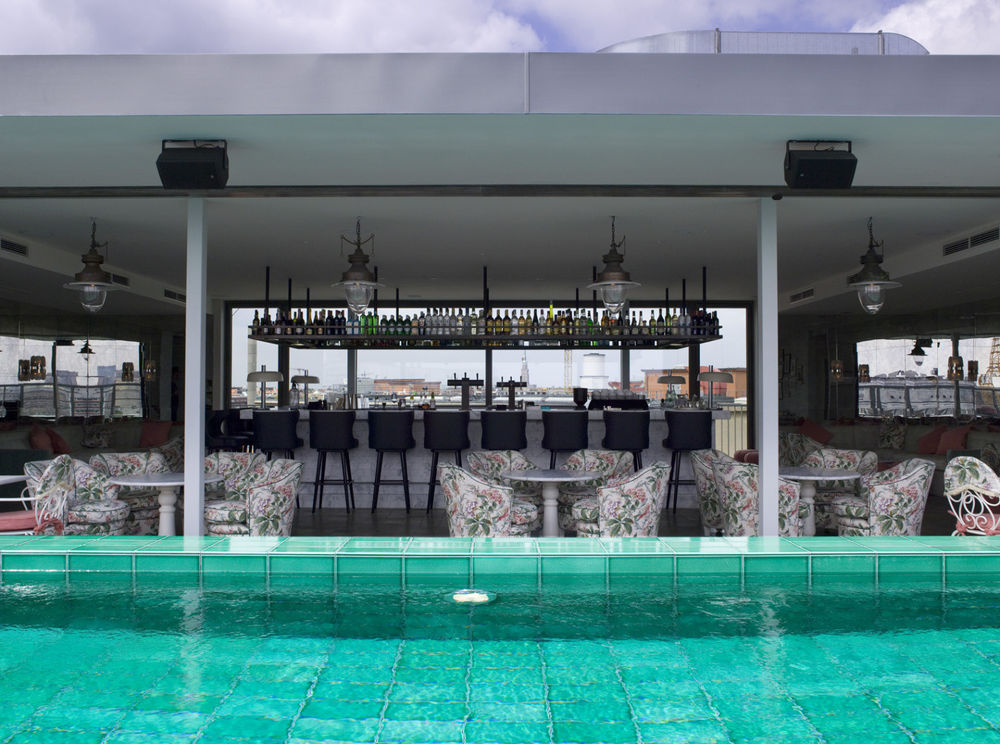
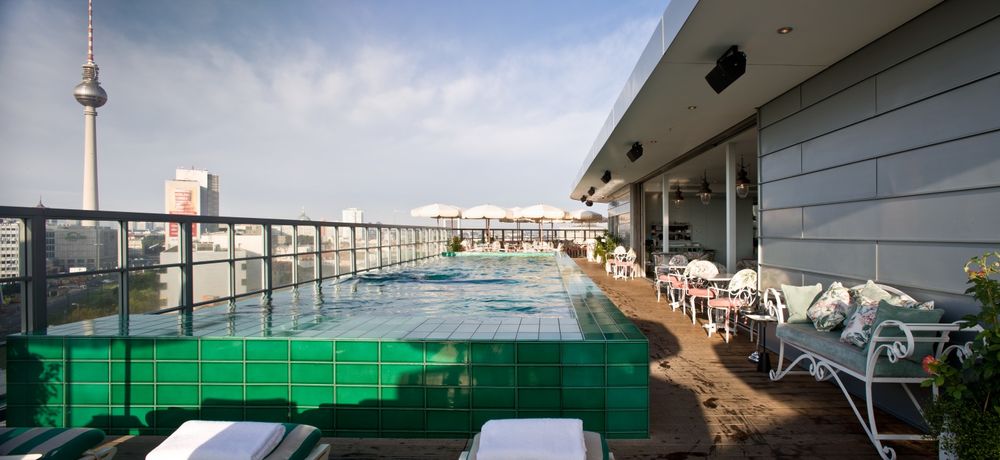


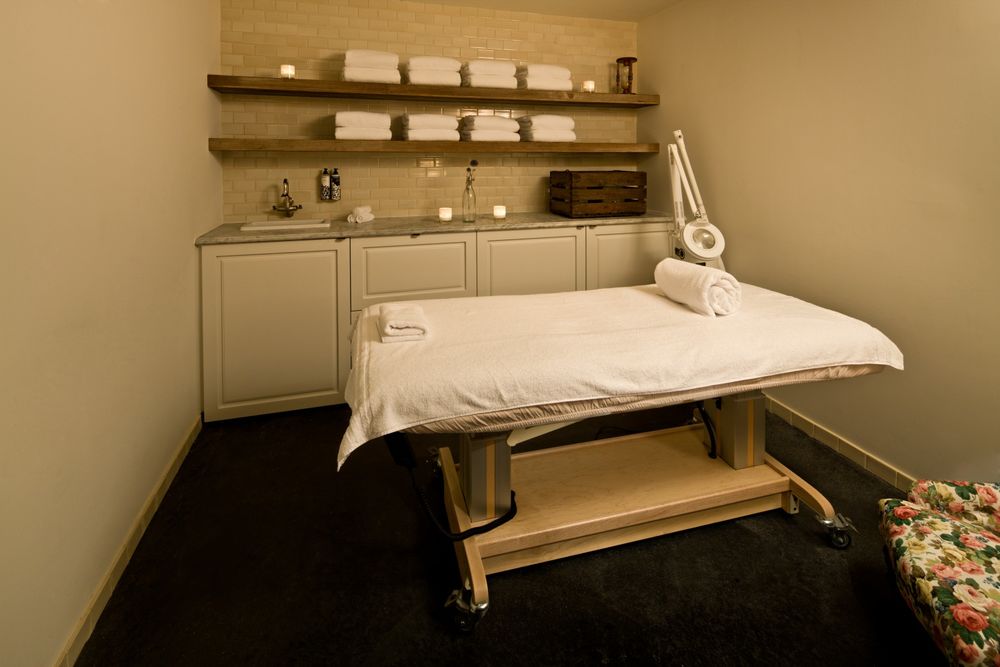
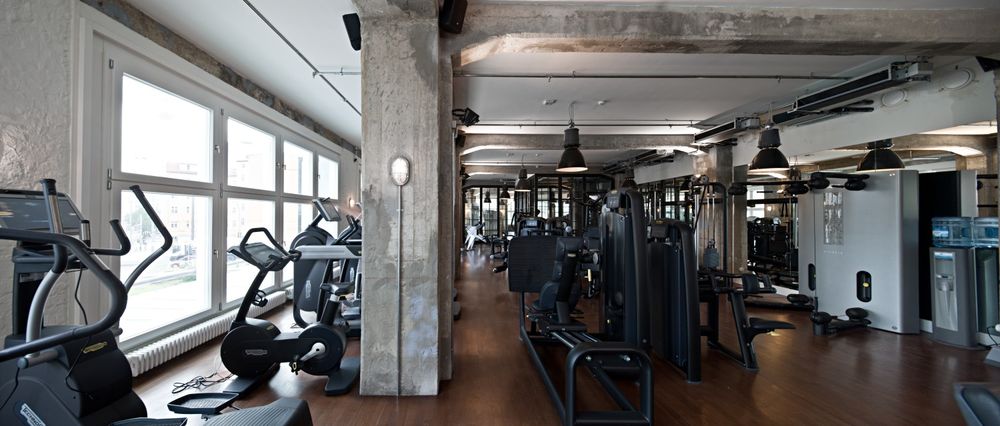




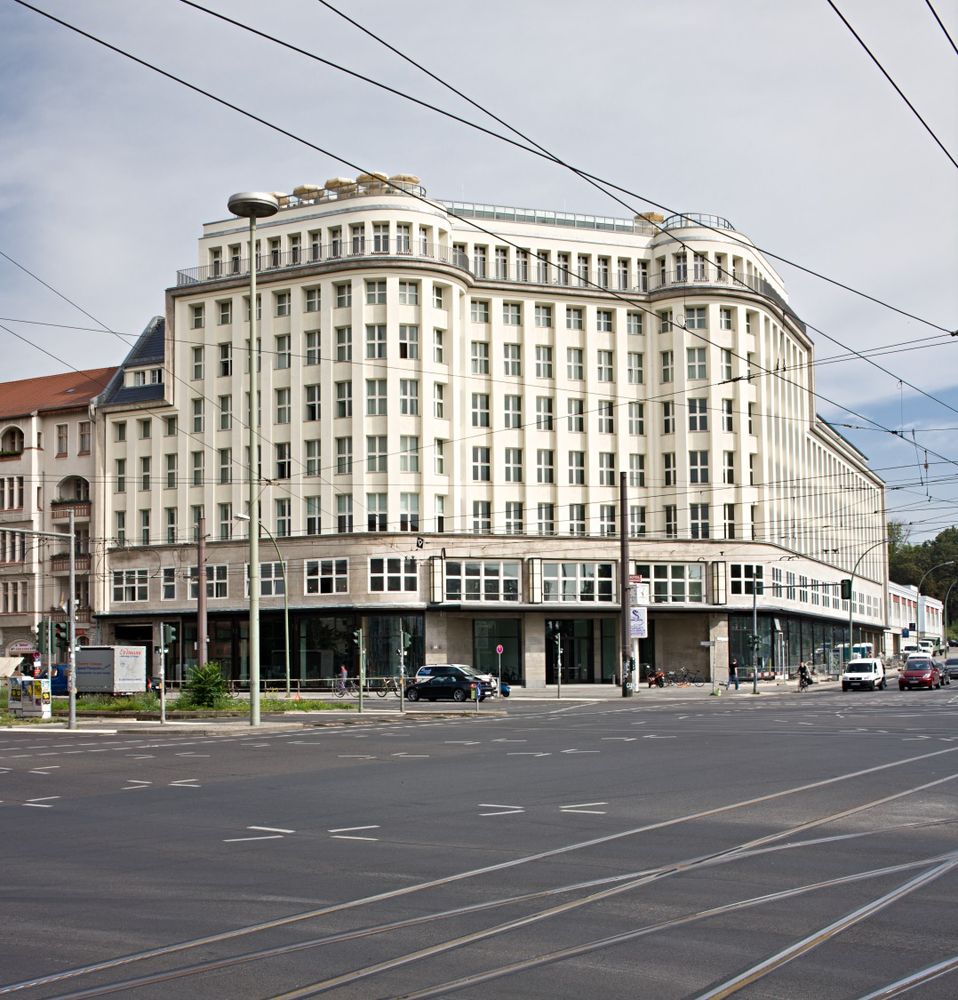
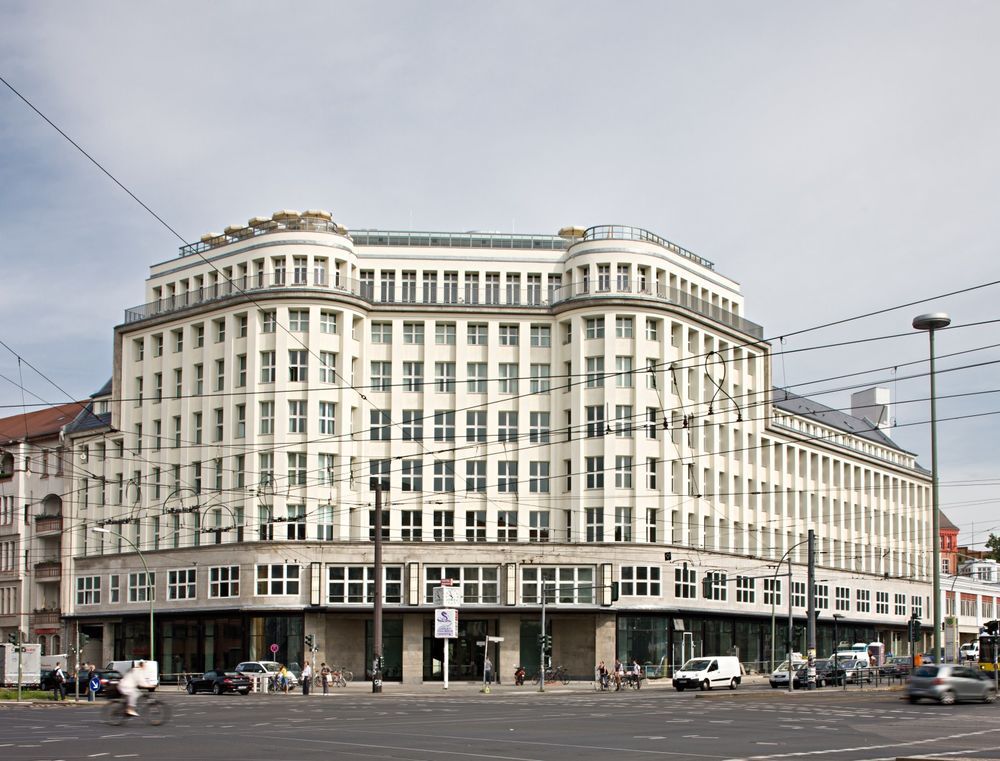
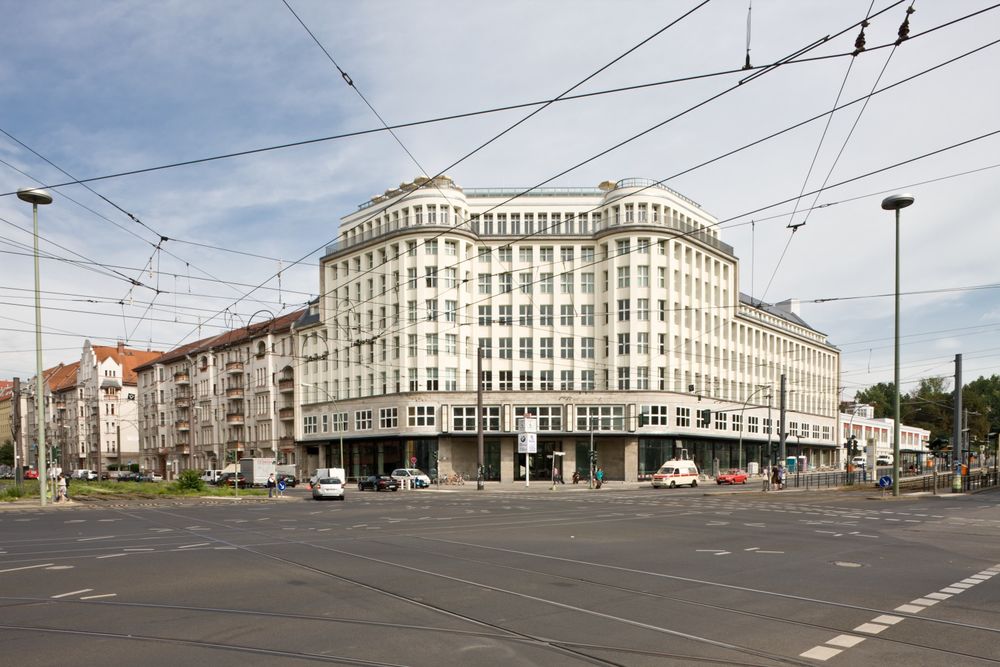
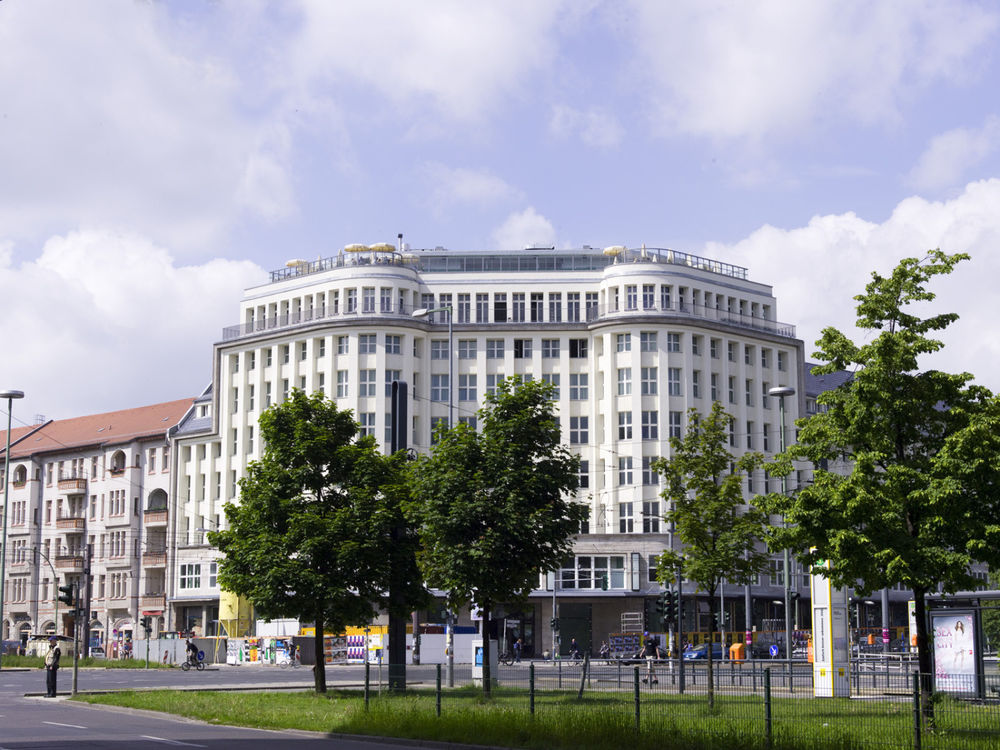
Like many cultural landmarks in Berlin, the Grade II-listed building at 1 Torstrasse has a complex past. Designed in the Neue Sachlichkeit (New Objectivity) style by architects Georg Bauer and Siegfried Friedlander, it began life in the late 1920s as Jonass & Co. a seven-storey department store with a rooftop restaurant.
The National Socialist Party came to power in January 1933 and the department store’s Jewish owners were pushed out by shareholders. When the Jonass & Co. department store relocated to Alexanderplatz, the vacant building was sold to the Reich Youth Leadership, and served as the organisation’s headquarters under Artur Axmann during the Second World War.
The end of the war marked the end of one chapter for the building and the beginning of another. In 1945, the Allies handed control of East Berlin to the Soviet Union and 1 Torstrasse became the seat of the Communist Party’s Central Committee, home to party top brass such as Walter Ulbricht and Wilhelm Pieck. In the late 1950s, the ruling SED party moved to a more central Berlin location and the building was converted into the Institute of Marxist-Leninism, its cavernous spaces housing the Central Party Archive.
With the collapse of the Berlin Wall in 1989, the descendants of the original Jewish owners succeeded in having the building returned to them under the reparations act. The building then lay vacant for almost a decade. Soho House Berlin opened in 2010; the building is now a cornerstone of a burgeoning creative hub in the Mitte district.


